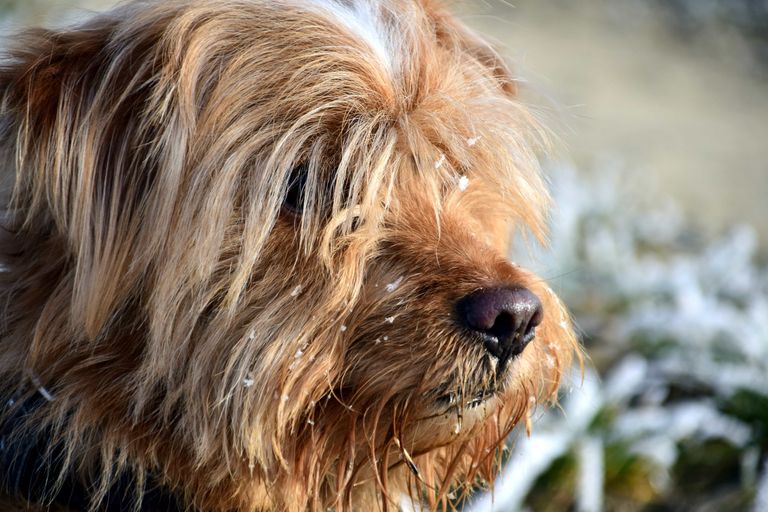When it comes to dog hair vs. dog fur, there are a few key differences to be aware of.
Dog fur is typically shorter than dog hair, and it doesn’t provide as much insulation for your pup. Hair, on the other hand, is longer and thicker and can keep your dog warm in colder weather. Additionally, dog hair usually has a different color or patterning than fur, which can make it easier to tell them apart.
| S/N | Characteristics | Dog Fur | Dog Hair |
|---|---|---|---|
| #1 | Length | Short | Long |
| #2 | Shedding | Frequent | Occasionally |
| #3 | Texture | Rough | Smooth |
So what’s the difference? Let’s take a closer look!
Dog Hair And Dog Fur Are Chemically Identical
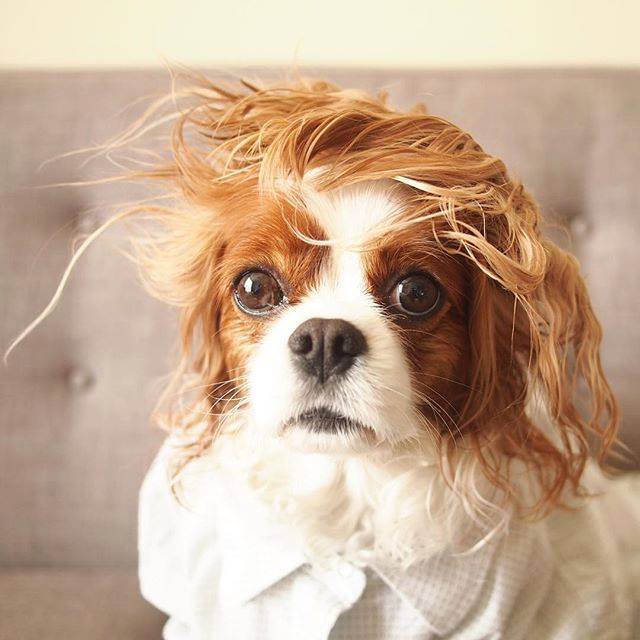
Speaking strictly from a chemical composition perspective, they are the same. Their core component is keratin, the very same chemical substance from which nails and skin are made. Aside from that, they can be distinguished by how they feel and how they are maintained.
A common misconception is that dogs that have hair on account of fur have fewer chances to cause allergies in people that are allergic to dogs. Because of that, they are known as hypoallergenic breeds. Some of the best-known breeds are the Silky Terrier, the Afghan Hound, and the Poodle.
However, that’s partially truthful.
The thing is that neither fur nor hair cannot trigger an allergic reaction because they are not allergens. The actual triggers are certain protein chains, as well as some compounds coming from the skin, the saliva, and other dogs’ body parts. But hair and fur are accountable for spreading dander (minute scales from hair or skin that may be allergenic), which is the reason why many people think hair and fur are bad for people that suffer from allergies.
Hair And Fur Growth Cycle
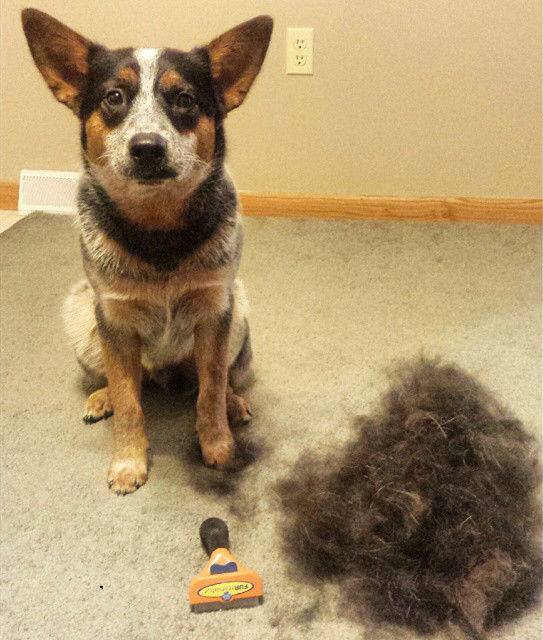
The biggest difference between hair and fur is that hair grows to be longer, and also has a very slow growth cycle. As a result, hair sheds lesser than fur.
Both fur and hair growth passes through a growing phase of their own as part of their growth cycle. The length of each of those phases represents one of the essential elements in distinguishing fur from hair.
The best way to understand how fur and hair growth cycle are different is broken down into each of the distinct phases:
Anagen presents stage one of the growth. At this point, the follicle turns active.
Catagen is known as the transitory phase. In this phase, the sheath of the root attaches to the hair, and the growth is on pause.
The telogen presents a phase in which the hair is inert, it doesn’t grow, but at the same time, it doesn’t die either.
During the exogen phase, the hair starts to fall off, and the cycle begins again. Typically, the exogen phase happens during the summer months. It’s all part of a natural shedding process in which the old winter coat needs to make space for the new one.
In short, dog hair goes through a longer anagen phase and sheds lesser as a result. While dog fur has a shorter anagen phase and sheds more.
We have also compiled a list of dog breeds that typically sheds the most.
Texture Differences
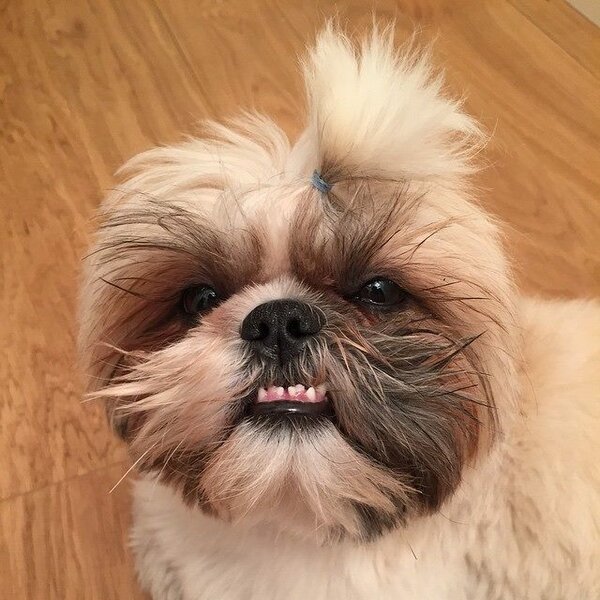
Typically, hair is longer, finer, and smoother than fur. Sometimes can be curly, wavy, or straight. Curly hair is the type that usually ends up trapping dander that can trigger an allergy. The dog breeds that have hair feature only one single layer, while the ones with fur feature two layers – an undercoat and a topcoat.
Fur is way shorter than hair but is denser. Its growth cycle is much faster, and it sheds significantly more than hair. That contributes to larger concentrations of dander.
Popular Dog Breeds With Hair
According to the American Kennel Club, 36 dog breeds have hair instead of fur. There is no telling how long their hair can grow if it is not trimmed. There are even a few breeds that are mainly hairless. Many don’t even shed. Quite a few of those breeds are classified as hypoallergenic.
Large breeds with predominant hair are:
- Portuguese Water Dog
- Peruvian Inca
- Xoloitzcuintli
- Poodle
- Giant Schnauzer
- Irish Water Spaniel
Each breed has its own grooming needs, with the vast majority needing at least monthly care. Some even need to be groomed on a daily basis.
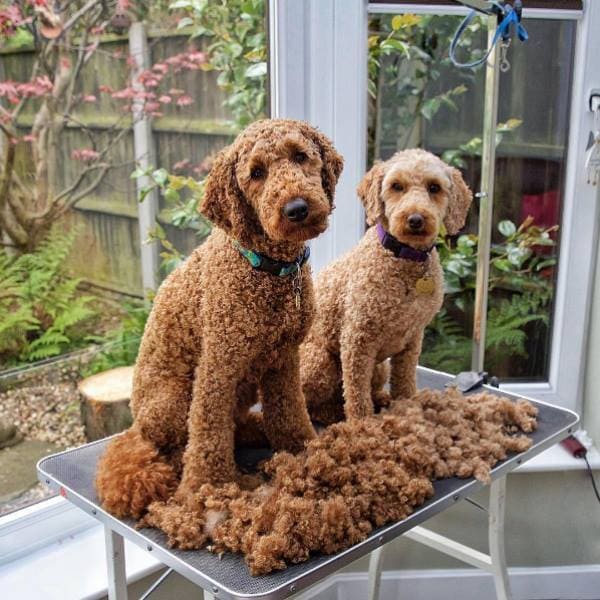
The medium breed dogs are a classification that has the widest variety of dogs with hair. Breeds that belong here are:
- Kerry Blue Terrier
- Miniature Poodle
- Bedlington Terrier
- Polish Lowland
- Wirehaired Fox Terrier
The miniature Xolo is the only true hairless variety in this assembly. While the Basenji, the Bergamasco, and the pul, have a particular short soft coat that if left unattended will jump into the Rastafarian style.
The best known small and toy breeds with hair coats are:
- Yorkshire Terrier
- Shih-Tzu
- Miniature Poodle
- Maltese
These small companions have monthly grooming needs that require a pet vacuum that is specially designed to remove all those pesky fur. The less known breeds of this variety are the Brussels Griffon and the Bolognese, both hairless.
Final Thoughts
Essentially, hair and fur are the same. The only catch is in the fact that they are assigned different names to explain some of the traits they don’t share.
At the same time, it can be said with certainty that neither hair nor fur is 100% hypoallergenic. Whatever the dog’s coat, there is no getting away from the dander. The only difference is how much or how little dander can be trapped in the dog’s coat.

